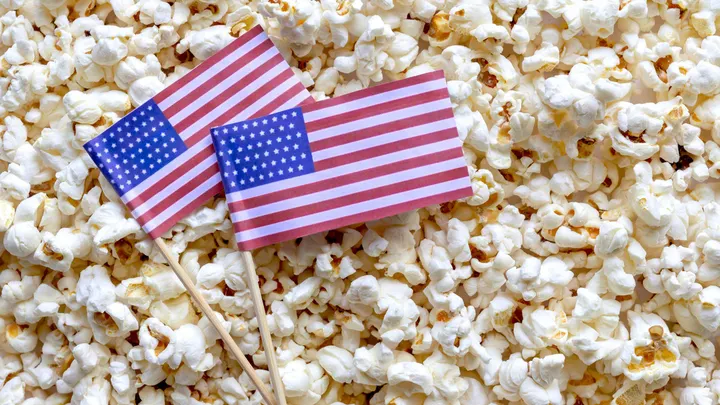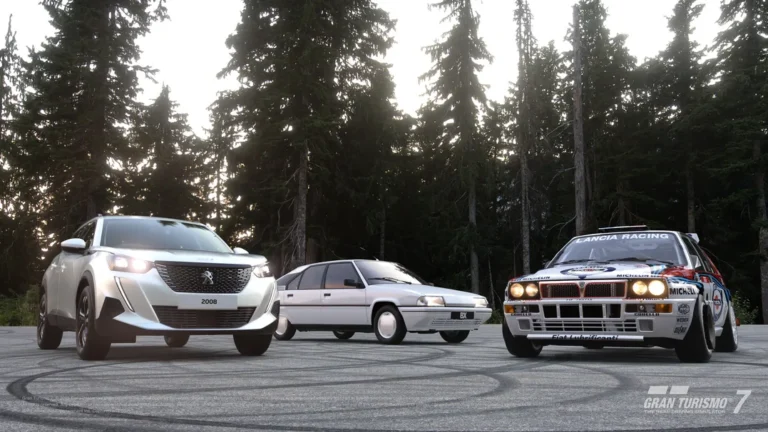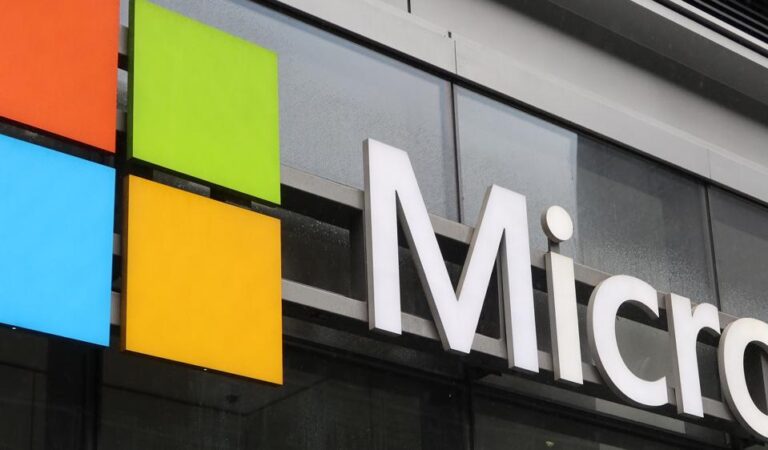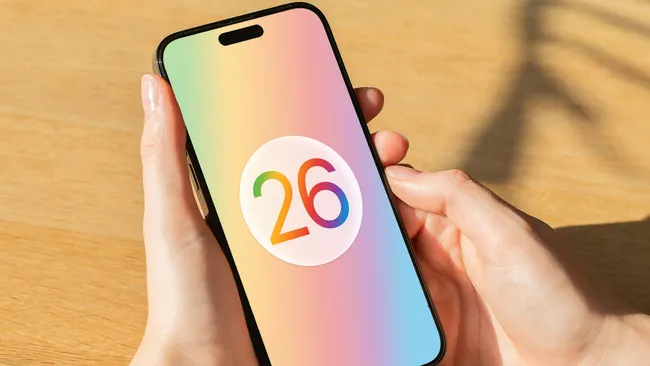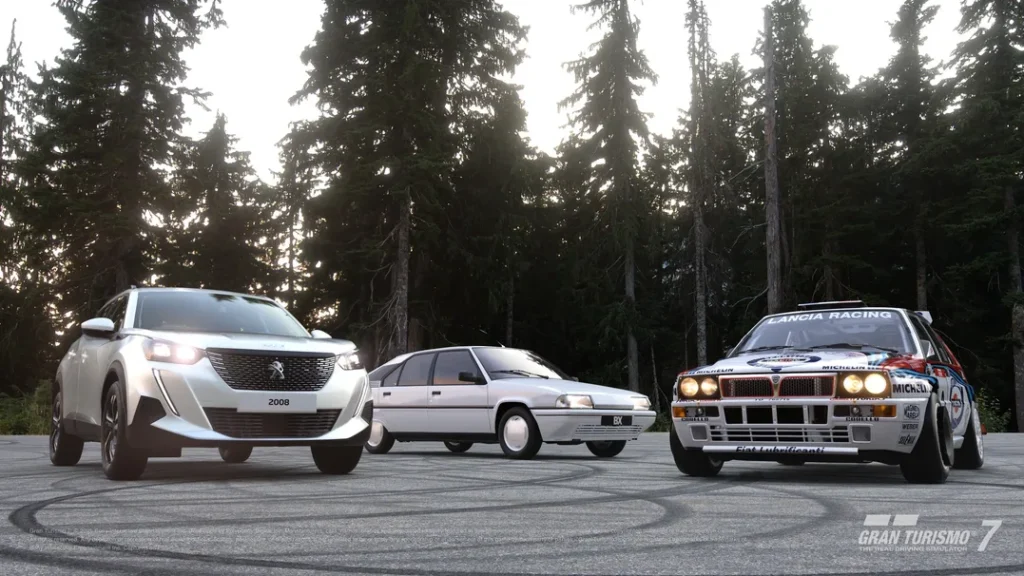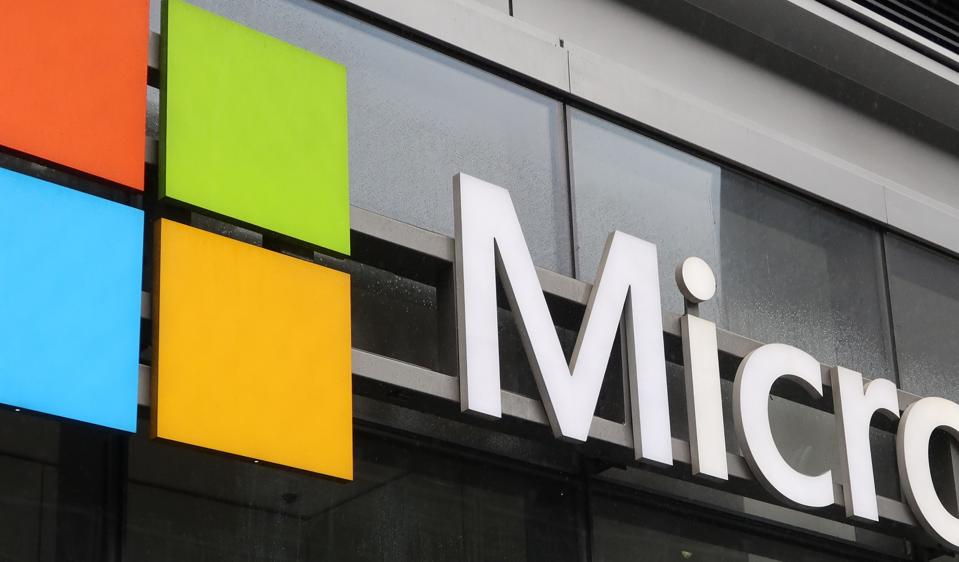Introduction
In a surprising move, Bubba Wallace sponsor one of the most significant and financially influential partners in motorsport history has decided to drop its historic NASCAR sponsorship, marking a dramatic shift in the landscape of racing partnerships. This decision has sent shockwaves through the motorsports community, as it not only affects Bubba Wallace but also raises broader questions about the state of NASCAR and its ability to attract and retain major sponsors. The Bubba Wallace sponsor, known for its deep pockets and global reach, had been a cornerstone of Wallace’s career, backing his rise to prominence in the sport and enhancing the visibility of NASCAR in the process.
This decision comes amid frustrations surrounding IndyCar’s off-season and could be a game-changer in the world of motorsport sponsorship. For those invested in the future of NASCAR and the broader motorsports industry, this development raises key questions about the relationships between drivers, sponsors, and leagues. In this blog, we’ll explore the reasons behind Bubba Wallace partner cutting ties with NASCAR, the frustrations tied to IndyCar’s off-season, and what this all means for the future of racing.
The Rise of Bubba Wallace and the Power of His Partnerships
Bubba Wallace, one of the most prominent African American drivers in NASCAR, has made waves not just with his driving skills but also with his strong support from high-profile sponsors. His rise in the racing world is a story of both talent and timing. Wallace’s presence on the track, combined with his advocacy for social justice, has earned him partnerships with several major brands.

One of these partners, valued at over $200 billion, has played a crucial role in supporting Wallace’s journey in NASCAR. This partnership has had a long-standing influence on NASCAR, with the company’s sponsorship extending beyond just financial support to broader media and marketing campaigns.
However, despite the success and high-profile nature of the partnership, recent developments have led to a shocking turn of events. The sponsor has announced it will drop its sponsorship with NASCAR, citing a series of factors that include frustrations linked to the sport’s current trajectory and the off-season issues surrounding IndyCar.
The Big Drop: Why Bubba Wallace’s Partner Is Ending the Deal
Frustrations with NASCAR’s Direction
NASCAR, while still a dominant force in motorsports, has faced mounting challenges in recent years. The sport has struggled to attract younger viewers, with TV ratings dipping and an aging fan base. For sponsors, this demographic shift can be concerning, as they are increasingly focused on reaching a younger, Tech-savvy audience.
Bubba Wallace’s sponsor, though incredibly influential, is always looking for ways to align its brand with a market that resonates with its values. The frustration likely stems from NASCAR’s failure to maintain or attract a younger audience, which has been crucial to sustaining long-term partnerships. When a sponsor invests millions of dollars, they need to see not just a return on investment but also alignment with their brand values and future goals.
Concerns Over NASCAR’s Leadership and Governance
Another key factor in the partnership’s end is the evolving leadership within NASCAR. Over the years, NASCAR has undergone significant changes, from shifting its racing formats to new leadership at the helm. However, the decision-making processes and governance changes have raised questions among top-tier sponsors about the sport’s ability to evolve in line with global trends.
Bubba Wallace’s partner, which has a long history of engaging in innovative ventures, likely found NASCAR’s approach to growth and development stagnant. NASCAR’s challenges with diversity, digital engagement, and international expansion could have contributed to the partner’s decision to sever ties with the sport.
IndyCar’s Off-Season Frustrations and the Broader Motorsports Ecosystem
As frustrating as NASCAR’s challenges may be, the wider motorsports world, including IndyCar, has its own set of issues. In particular, IndyCar’s off-season troubles have taken center stage, causing ripples throughout the motorsports community.
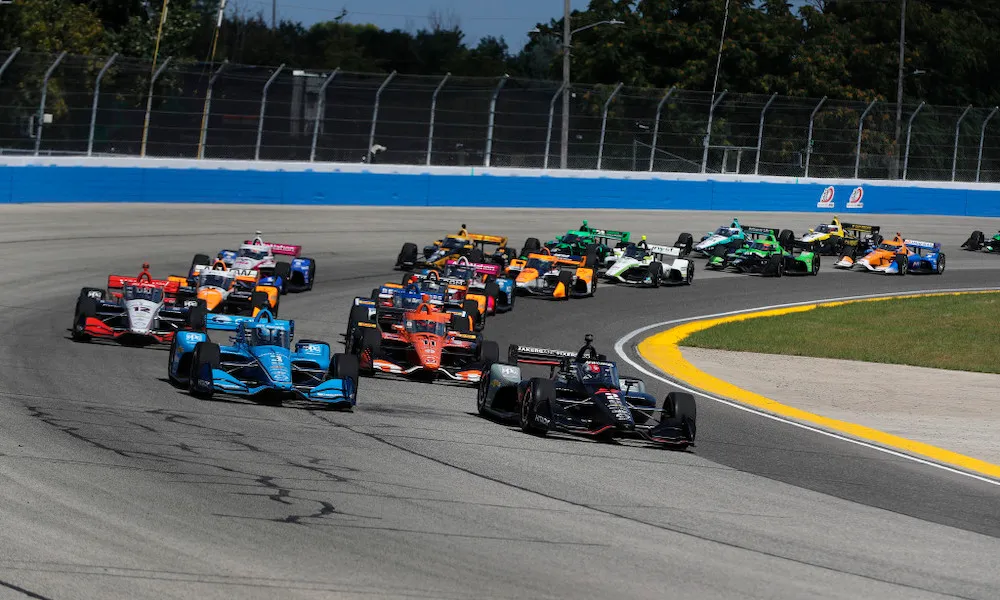
During the off-season, teams and drivers face an uncertain future, with sponsorships in flux and the sport’s promotional strategy under intense scrutiny. The unpredictability of team lineups, driver movements, and insufficient media coverage have led to tensions. Bubba Wallace’s sponsor, which is involved with both NASCAR and IndyCar, may have grown frustrated with the lack of consistency in the IndyCar calendar, the lack of exposure, and the inability of the series to capture mainstream attention.
IndyCar’s management has struggled to create a stable off-season environment, often leading to uncertainty among its stakeholders. A sponsor with global ambitions and a desire for solid, year-round engagement likely saw this instability as a risk to its broader marketing goals.
What Does This Mean for Bubba Wallace?
Bubba Wallace’s future in NASCAR is not entirely dependent on his current sponsorship deals. However, losing a high-profile partner is a significant blow. For Wallace, this sponsorship was not only about financial support but also about credibility in the highly competitive world of motorsport.
The question remains: where does Wallace go from here? Will he be able to secure new sponsorship deals in light of these developments? There’s no doubt that Wallace is a talented and marketable driver, and while the loss of this partner is unfortunate, it’s likely that he’ll attract new opportunities, especially given his prominent place in motorsport and his advocacy work.
Industry Impact: What Does This Mean for NASCAR and Motorsports Sponsorships?
The ripple effect of this sponsorship departure extends far beyond just Bubba Wallace or NASCAR. It has the potential to reshape the entire landscape of motorsports sponsorships, signaling a shift in how brands engage with the racing world. Major sponsors play a crucial role in not only funding teams and drivers but also influencing the direction of the sport.
When a high-profile sponsor decides to withdraw, it sends a message to other stakeholders about the evolving expectations and demands within the industry. For sponsors, the move represents a recalibration of priorities no longer can motorsports be viewed as a mere advertising platform; it must also align with modern marketing goals, including reaching diverse, younger, and tech-savvy audiences. As sponsors assess the long-term viability of their investments, the focus will likely shift to how racing leagues whether NASCAR, IndyCar, or others adapt to the changing media environment, where digital platforms and social media engagement take precedence over traditional broadcast viewership.
These shifts could also lead to a more data-driven approach, where sponsors rely on metrics such as fan engagement, digital interaction, and social media reach to make decisions. As the industry recalibrates, we may witness a wave of innovation, new types of partnerships, and a more diversified approach to sponsorship that could redefine motorsports’ role in the global entertainment ecosystem. Here are some key considerations:
Sponsorship Shifts in NASCAR
With one of its most significant sponsors pulling back, NASCAR may need to reconsider how it approaches sponsorship and marketing. The sport must look at diversifying its partnerships and ensuring that the fan base it is targeting aligns with its sponsors’ goals. A major shift toward more modern, digital-first strategies could help regain some of the lost ground.
The Changing Landscape of IndyCar Sponsorships
IndyCar may face a similar challenge in the coming years. While the series is growing in popularity, it is still facing challenges with its off-season and its ability to provide consistent exposure. Brands are now looking for year-round engagement, which has led some sponsors to reconsider their commitments to the sport.

The Power of Digital and Social Media Engagement
As the motorsports world evolves, digital and social media engagement will become an even more crucial factor in the sponsorship decision-making process. Sponsors are now looking to create experiences that extend beyond the track, tapping into social media influencers and digital platforms to reach fans wherever they are.
Bubba Wallace’s partner’s decision to drop its historic NASCAR sponsorship amid frustrations with IndyCar’s off-season highlights the shifting landscape of motorsports sponsorships. The evolving relationship between sponsors, drivers, and leagues is deeply influenced by factors such as fan engagement, leadership decisions, and the ability to adapt to changing times.
As NASCAR faces these challenges, drivers like Bubba Wallace will have to navigate a complicated environment in search of new opportunities. While the loss of a key partner is undoubtedly a setback, Wallace’s resilience and reputation in the motorsports world will likely lead to new and exciting ventures in the future.
The motorsports world will undoubtedly be watching closely as NASCAR and IndyCar reassess their strategies and sponsorship models. For now, the focus will be on how these two series can adapt to the changing expectations of both sponsors and fans.
Key Takeaways
- Bubba Wallace’s partner, valued at over $200 billion, ended its historic NASCAR sponsorship due to frustrations with the sport’s direction.
- NASCAR’s struggles to attract a younger audience and its evolving leadership contributed to the decision.
- IndyCar’s off-season issues, including a lack of consistency and exposure, also played a role in the partner’s decision.
- The loss of a significant sponsor could have broader implications for both NASCAR and IndyCar as they navigate the changing landscape of motorsports sponsorships.
- Digital engagement and strategic shifts in sponsorships will play a critical role in the future of motorsports.


